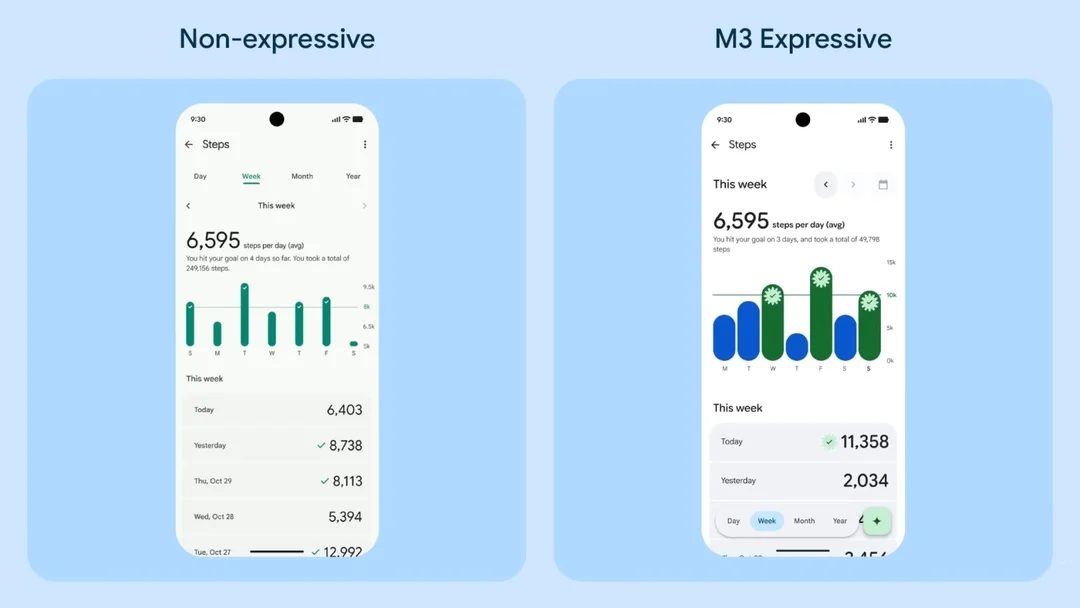
Google’s Material 3 Expressive: Will Consistency Finally Arrive with Android 16?
Google is pushing forward with its latest design language, Material 3 Expressive, aiming to bring a fresh, vibrant look to its Android ecosystem. With Android 16 QPR1 Beta 1 already out for Pixel owners, showcasing the new design, the question remains: Will Google finally achieve design consistency across its apps and services?
The success of Material 3 Expressive hinges on Google's ability to implement it swiftly and uniformly. As Robert Triggs of Android Authority points out, previous transitions between design languages like Holo and the original Material were anything but smooth, with some apps lagging for years. This inconsistency can disrupt the user experience, making apps feel out of place and less intuitive.
"Design languages are intended to bring cohesion and consistency to a UI experience," Triggs argues. "This, in turn, makes using apps from a given company on a platform more intuitive, predictable, and efficient."
Fortunately, there are positive signs that Google is learning from its past mistakes. The company launched Material 3 Expressive with Android 16 QPR1, signaling its commitment to a rapid rollout.

Several core apps, including Google Clock, Files By Google, Google Calendar, Google Keep, and Google Drive, are already poised to receive Expressive updates, reported by Authority Insights. The modifications are already being rolled out to several of Google's popular apps. It appears that Fitbit, Meet and Chat will be getting a redesign with the toolbar becoming more vibrant.
AssembleDebug's deep dive into a recent Google Photos version revealed that the app is also getting an "Expressive" redesign. This includes new Memory cards with a heart-shaped cutout and greater integration with the device's Material You theme.

While Material 3 Expressive is a refinement of Material You rather than a complete overhaul, it's crucial that Google maintains its momentum. The visual changes promise a "vibrant and engaging" experience to Google products.
The challenge for Google is to ensure that all its apps, widgets, and icons are updated to reflect the new design language swiftly. Will they be successful in achieving this goal? Only time will tell.
What are your thoughts on Material 3 Expressive? Do you believe Google will finally achieve design consistency across its ecosystem? Share your opinions in the comments below!